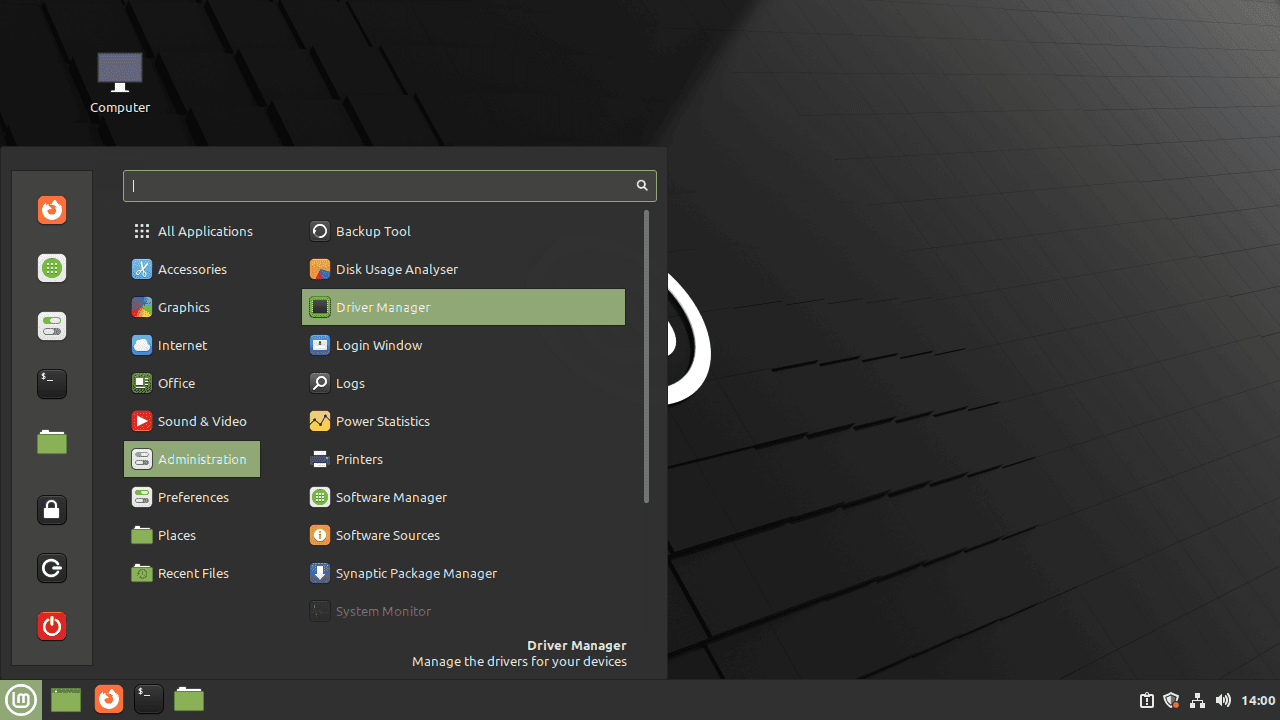AMD's been a better community member but like others said, even if Nvidia is more of a "pain" it's generally easier than windows on most distros. They'll detect and install it for you or it's just a single package to install from the software library.
Some free advice, If you're worried about it stick with a mainstream distro. They'll have tested releases more. it may seem counter intuitive but apply updates often, updates over multiple versions are more likely to have untested combinations of packages. If the drivers stop working, you'll just not have acceleration, just uninstall and reinstall the drivers.
